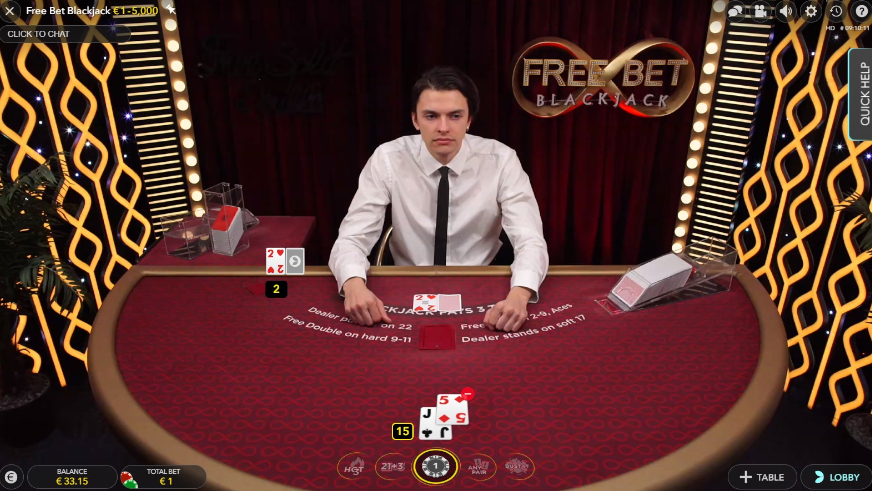Live Poker Bankroll Management
- Poker Bankroll Management Tournament
- Live Poker Bankroll Management Online
- Live Poker Bankroll Management Spreadsheet
'Bankroll management' (sometimes abbreviated to BRM) is where you play at certain limits to avoid losing all of your bankroll due to bad runs of cards, which any poker player must expect from time to time. This is called 'playing within your bankroll'. Bankroll management in live poker doesn’t mean that you keep a box somewhere and put money in it. You don’t need to grab wads of cash and place it back away when you are done with a session (though there isn’t anything necessarily wrong with this.) Most people will keep their significant amounts of cash safely in a bank account.
Poker Bankroll Management at its finest
Discounting a lack of skill, the number one reason a poker player goes broke is due to poor poker bankroll management. Ask any professional poker player for one tip about how to get started in poker and almost all will advise you to practice bankroll management. That is fine, but what exactly is “bankroll management”?
Practicing sound poker bankroll management involves recognizing that the amount of money you have in your poker bankroll should always be dictating the stakes for which you play. That’s easy enough to understand in theory, but for some being able to put that idea into practice can be easier said than done.
Over the next three articles, I’ll be sharing tips regarding how to think about and manage your poker bankroll, including offering some specific strategies to help you with decisions about game selection, moving up in stakes, and cashing out.
Free Giveaway: Win a WSOP Main Event Seat!Would you like to get your hands on a free $10k entry to the WSOP Main Event?
Click on the link below and enter your email to participate to the free giveaway and take a shot at this massive opportunity!
Play NowYour POKER Bankroll is For POKER Only
Let’s get one thing straight immediately: only use money that you can afford to lose to make up your bankroll. That is the golden rule. This means that the money in your bankroll is only needed to fund your poker playing. If you think you have a $2,000 bankroll but will need to use $1,500 from it this month or next to pay an important bill, then you do not have a $2,000 bankroll — you have a $500 one!
It is crucial that none of your bankroll is required elsewhere, not a single cent of it, because as soon as it is, you are gambling with money you cannot afford to lose and that can lead to you playing scared or less than optimally as you try to prevent any losses.
Your Bankroll Allows You to Play Your A-Game
Poker Bankroll Management Tournament
Another consideration to make is whether or not this particular poker bankroll with which you are currently playing is the only one you will ever have. By that I mean if you were to lose it, would you have to take a break from playing or could you reload your account with another bankroll?
If you have a well-paid full-time job, losing $500 may not be a big deal to you. But if losing that $500 means you will not be able to play poker for a long time while you replenish your funds, then you may want to be a more cautious with it.
One purpose of our bankroll is to act as a cushion for when we lose, which will happen sometimes, even to the best players. If you sit down online at a $0.10/$0.25 cash game table with just $25 as a bankroll, then all you need to do is lose that one buy-in and you are out of the game. Have several $25 buy-ins behind you, however, and you can stay in the game and try to win back your money.
Your Bankroll Dictates Your Game Selection

How much of a poker bankroll you should have depends on a number of factors. These include the format of the game you play, your playing style, and your tolerance for swings (good and bad). For example, a short-handed (6-max.) no-limit hold’em cash game player can play from a smaller bankroll than can a pot-limit Omaha cash game player because PLO tends to have wider swings (or “variance”). Similarly, PLO cash game players can play from a lesser bankroll than can multi-table tournament players.
The table below shows the number of buy-ins I would recommend for the most common game types currently played online. (Note: bankroll recommendations for online games differ from those for live games.)
In the case of tournaments, the numbers listed below refer to the number of tourney buy-ins. Thus if you like to play $5 multi-table tournaments, a number of 100 (as a minimum) refers to having $500 in your bankroll with which to play. Meanwhile for cash games, the numbers refer to the number of buy-ins into the game wherein a buy-in represents the maximum amount allowed in the game. In other words, if the $0.10/$0.25 NLHE game you like to play allows a maximum buy-in of $25, a figure of 100 refers to having $2,500 in your bankroll with which to play.

| Game (Online) | Minimum | Medium | Cautious |
|---|---|---|---|
| No-Limit Hold’em (6-max.), cash game | 30 buy-ins | 50 buy-ins | 100 buy-ins |
| No-Limit Hold’em (full ring), cash game | 25 | 40 | 75 |
| Pot-Limit Omaha (6-max.), cash game | 50 | 100 | 150 |
| Pot-Limit Omaha (full ring), cash game | 30 | 50 | 100 |
| No-Limit Hold’em, 9-player sit-n-gos | 30 | 50 | 100 |
| No-Limit Hold’em, 45-player sit-n-gos | 50 | 100 | 150 |
| No-Limit Hold’em, 180-player sit-n-gos | 100 | 200 | 500 |
| No-Limit Hold’em, multi-table tournaments | 100 | 200 | 500 |
| No-Limit Hold’em, multi-table tournaments (large field) | 200 | 400 | 600 |
You may be surprised at the figures you are seeing in the above table, but those are the recommendations often given in response to players asking how large their bankrolls should be. Feel free to play around with the numbers and find an amount that suits you and your current situation.
Find Your Comfort Zone

I personally prefer to play with a larger bankroll because I do not want to have to drop down in stakes at any point. Others may want to play with a smaller bankroll in an attempt to climb the stakes faster, but this increases the risk of your needing to move down levels or maybe even going broke. It’s all about personal preference.

Live Poker Bankroll Management Online
There’s more to bankroll management than simply knowing how much you should have in your bankroll before sitting down in a given game. In the next two articles I will talk about some of these other considerations, including taking shots at higher stakes and cashing out strategies — so stay tuned!
Get all the latest PokerNews updates on your social media outlets. Follow us on Twitter and find us on both Facebook and Google+!
Live Poker Bankroll Management Spreadsheet
Tags
bankroll managementcash game strategytournament strategy



